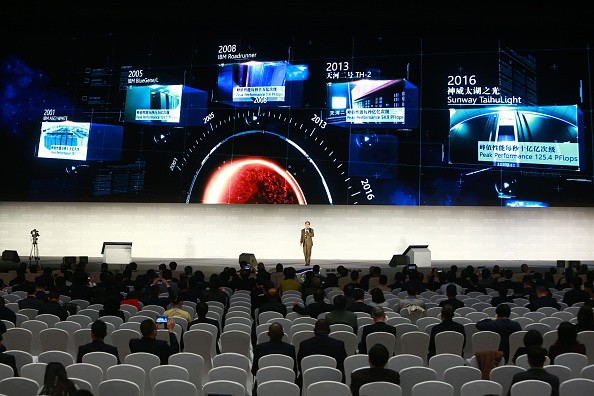Chinese scientists announced a schedule in building Tiahne-3, a new-generation supercomputer that is said to be 100 times faster than the Sunway TaihuLight.
According to Evgeniy Yushuk, a professor at Russia's Ural State University of Economics, exascale supercomputers like China’s planned Tianhe-3 are powerful tools for predicting the future.
According to Meng Xiangfei, the Director of applications at the Tianjin National Supercomputer Center, the supercomputer is planned to be operational in 2020, which is earlier than the plan of the U.S. for its exascale supercomputer.
"Exascale" means that the Tianhe-3 will be capable of making a quintillion calculations per second, which is at least 10 times faster than the Sunway TaihuLight. It will be made entirely in China, from its operating system to its processors.
Meng said: “Its computing power is on the next level, cementing China as the world leader in supercomputer hardware.”
Yushuk said, "The supercomputer will not only allow Chinese scientists to carry out complex scientific calculations but enable China to identify the most promising avenues in which to channel their research and development."
Yushuk added: “A supercomputer is a machine for predicting the future. More precisely, the options for the future from which people then choose what they like best. This can be any kind of future project which requires large investments of time and resources that people don’t have (at the current time). A lot of uncertainties arise in any simulation, it’s hard to count them without a supercomputer."
China, together with France, Japan and the U.S., are the four countries with a definitive roadmap to the world's first exascale supercomputer, according to the TOP500 project, which ranks and details the 500 most powerful non-distributed computer systems in the world.
Atos, a France manufacturer, is planning to produce the exascale computer Bull sequana by 2020. It will be used by France's Atomic Energy Commission and Bull Alternative Energies.
Japan on the meanwhile aims to install its first exascale system at the Alternative Energies and Atomic Energy Commission by 2019.
By 2023, the U.S. Department of Energy is aiming to deploy two exascale computing systems.



























